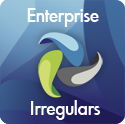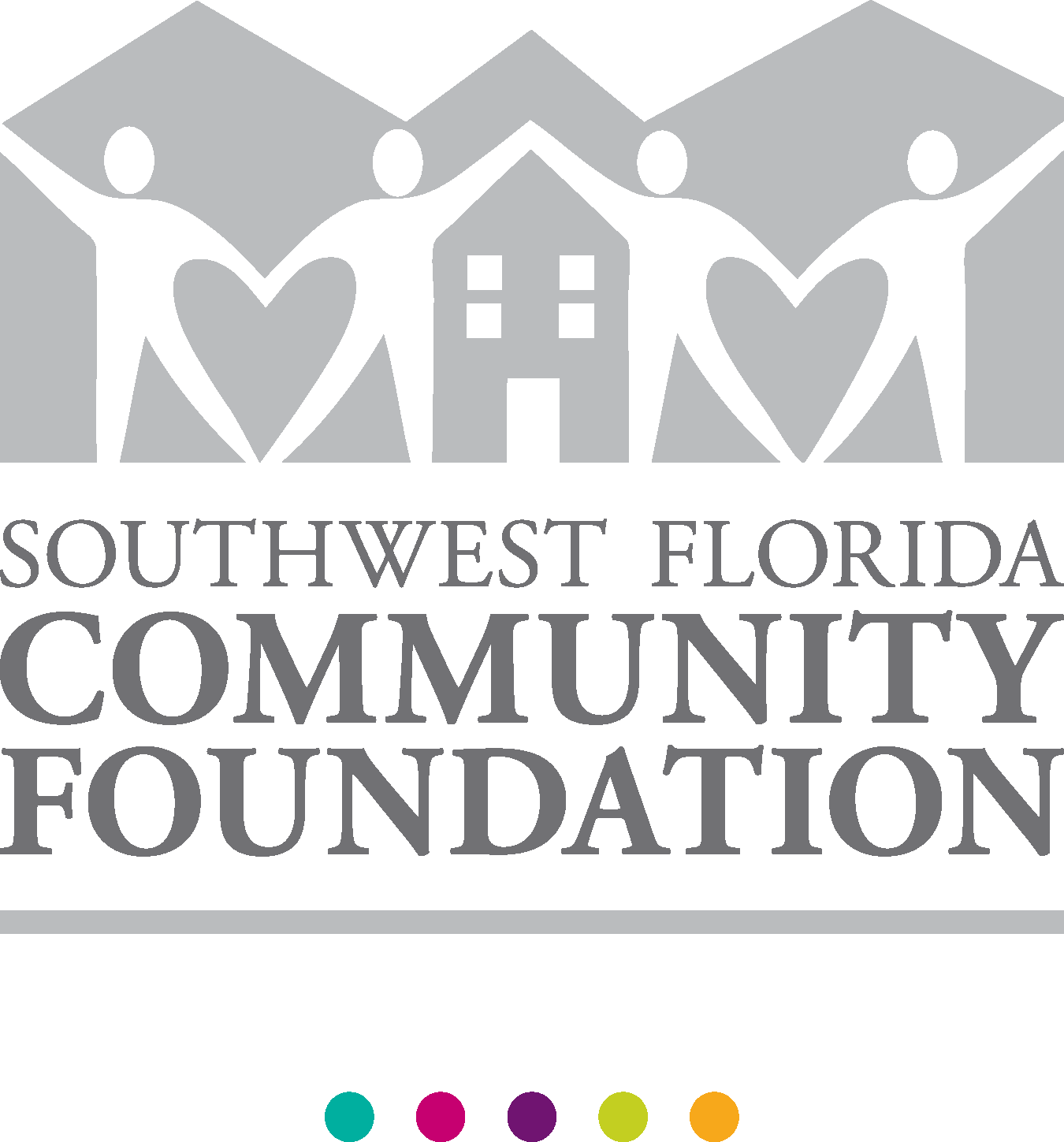I’ve long since put to rest the whole multi-tenancy debate around SaaS. If it isn’t multi-tenant, then it isn’t SaaS. You can host/subscribe single tenant software, and with piles of virtualization and other techniques for optimizing data center/operations costs, you may be able to approximate the operations costs of true SaaS in specific circumstances, but it’s still not true SaaS. So we’re agreed that SaaS means hosted, subscribed, and multi-tenant.
But what happens when a 3rd party, say ADP in the case of GlobalView or NorthgateArinso in the case of euHReka or CaliberPoint in the case of Republic (and the list goes on), use either an already multi-tenant ERP HCM platform like Oracle EBS HCM 12.1 or an ERP HCM platform like SAP that they render multi-tenant through some very clever wrapping/extension, and then claim to have a SaaS BPO platform or even to offer their platform as SaaS without a BPO service wrapper? If that 3rd party is still at the mercy of the ERP HCM vendor’s cycle of making enhancements to their core platform, if they don’t own or control the underlying software, if they can’t reengineer/rearchitect the underlying software to correct (some would say improve) object model limitations or implementation challenges, is what they’re doing truly SaaS? Or have they just been clever enough to adapt multi-tenant or nearly multi-tenant software that was designed for licensed/on-premise use to become a more robust HCM BPO foundation?
If this were just a question of who owns or does what behind the curtain when you’re relying on the SLA from a very reputable BPO , it wouldn’t be a very interesting or important question. After all, even OneSource VHR, which has the sole (thus far) rights to run Workday as their BPO platform (although run by Workday, not by them) and is arguably therefore running on the truest of truly SaaS platforms, is at the “mercy” of Workday’s product roadmap to which their business needs are only one of many such inputs. Putting vocabulary and marketing pitches aside, when a BPO provider depends on commercially available software as their platform, true SaaS or otherwise, they may well be providing that software with a valuable set of surrounding services, including services not available from the software’s owner, but should we call what they’re doing SaaS?
Let’s give it the duck test. From a customer’s perspective, can their provider achieve the vendor and customer benefits of true SaaS? Yes and no. Yes when it comes to the economics of multi-tenant operations, yes to rolling out new releases to everyone so that all are on the same release, yes to crowd-sourcing for service wrapper improvements and benchmarking as well as for providing input to the software’s owner when it comes to the whole range of product roadmap issues. No to direct software control and no to having access to the entire user population of that software because they can only access via crowd-sourcing the users of their BPO customer community. And the plot thickens when the underlying software was never built to be SaaS in the first place and the owner of that software isn’t in the SaaS business.
I’m still noodling on this one, but I think I’m going to come out here:
- If the underlying software and its owner are indeed SaaS, a la Workday with OneSource VHR, then customers of the BPO provider, in this case customers of OneSource VHR, get most of the benefits of first hand true SaaS but with a probably reduced impact on the vendor’s product roadmap but one which could be offset by the provider bringing a large enough customer population to their influence with the vendor.
- If the underlying software and its owner are definitely not SaaS (so even in the case of Oracle’s EBS HCM 12.1 which was architecturally improved to enable a high degree of multi-tenancy) but the software itself is multi-tenant, then customers of BPO providers using this software as their platform may well get some of the operational cost improvements of SaaS (but only once the provider has reached a critical mass of customers, something which none of them have done as yet) along with the opportunity to create (but here they’ll have to do all of their own development) some of the crowd-sourcing and/or data aggregating benefits of SaaS, but they may represent such a small slice of the underlying vendor’s total customer base that they’re unlikely to have much impact on that vendor’s product roadmap.
- Where the underlying software and its owner are definitely not SaaS plus the software isn’t truly multi-tenant before the BPO provider does some serious magic to it (as would be the case in GlobalView and euHReka), you the customer are even further removed from having anything like true SaaS working in your favor. An excellent platform perhaps, with lots of cost efficiencies and opportunities for the provider to improve tremendously on the functionality and user experience of the underlying software, but there’s so much magic involved here that the last thing the provider needs is for the vendor of that underlying software to sunset it in favor of something more SaaS-like.
A fair question at this point would be “why does any of this matter?” Just because with true SaaS, the owner and operator of the software is the same company, and they decide not only on their product roadmap but also on the timing of new releases, the addition of data aggregation products, the entry into new geographies, just everything. When you’re working with a BPO provider who is dependent on someone else’s software, that BPO provider has no such control. And no BPO provider knows this better than ADP, which uses its own bespoke SaaS platforms for a whole range of high volume offerings.
If the major reason for going to BPO is to gain access to the best of HR technology, are you really doing that when your BPO provider is running on last generation’s software built for licensed/on-premise use no matter how it’s dressed up with multi-tenancy and an improved user experience? But if your real reason for going to BPO is get a much improved user experience over what the platform vendor can provide directly and/or a much improved total cost of ownership over what the platform vendor can provide directly, then running BPO on a very cleverly enhanced legacy ERP may be an excellent idea. But we definitely need a name other than true SaaS for those underlying and/or enhanced greatly BPO-provided offerings when what’s under the covers is anything but.
Disclosures: Of the firms mentioned in this post, Workday and ADP have been recent clients. CaliberPoint sponsored a Brazen Hussies event a few years ago. I also have done work for Oracle and SAP, but such work is shrouded in the mists of history. All of the referenced vendors are worthy of your attention or I wouldn’t have mentioned them, and ADP and NorthgateArinso have considerable HRM software and service offerings beyond their large market, global customer offerings discussed here.







Great points Naomi. From what I’ve seen, customer expectations of BPO are more broad than wanting better tech or user experiences. A lot of the expectations are to get lower TCO and to get rid of the hassle of running/supporting their own HR software. If those expectations trump technology and user experience, a customer won’t care as much about the underlying technology at the BPO. Maybe they should care, but no one is really selling them on why that is important.